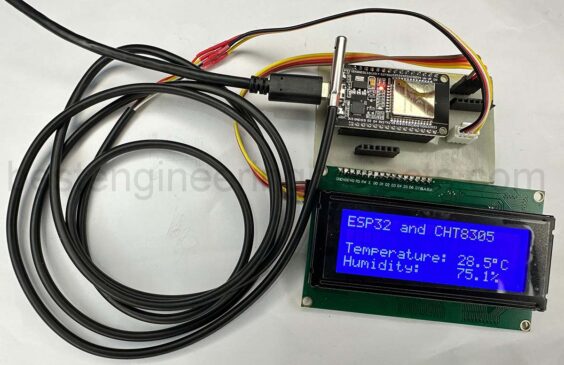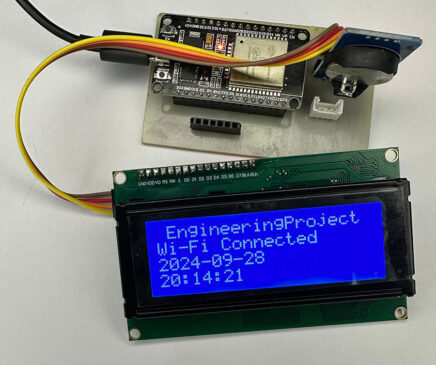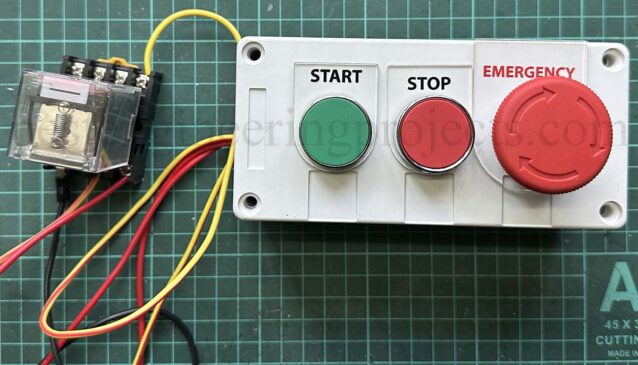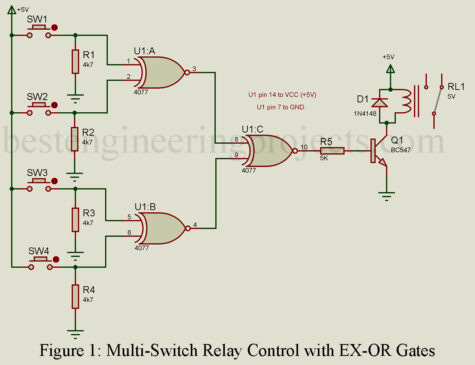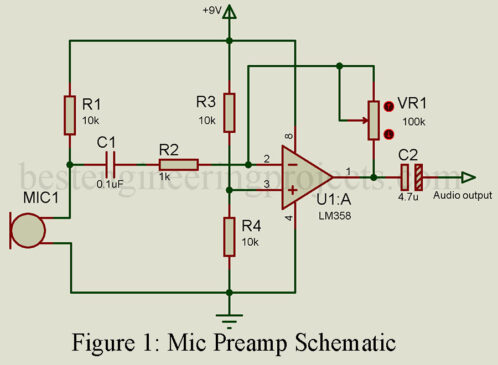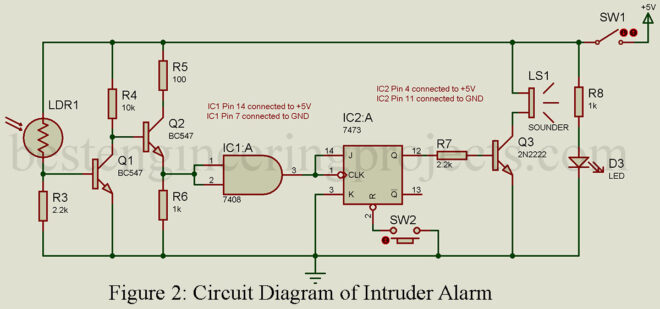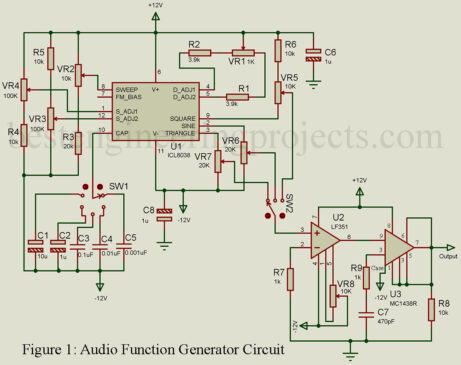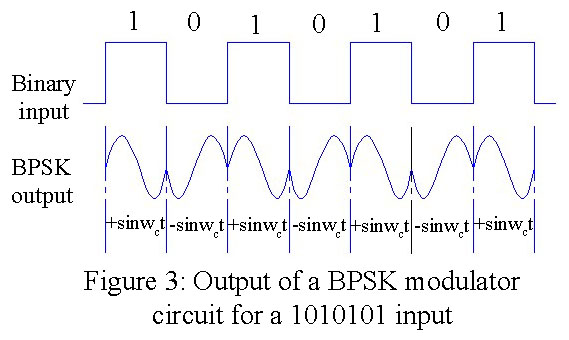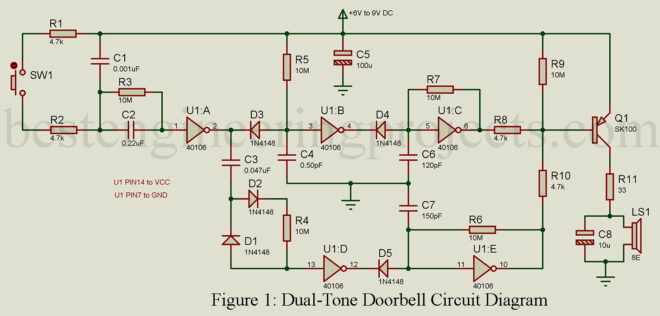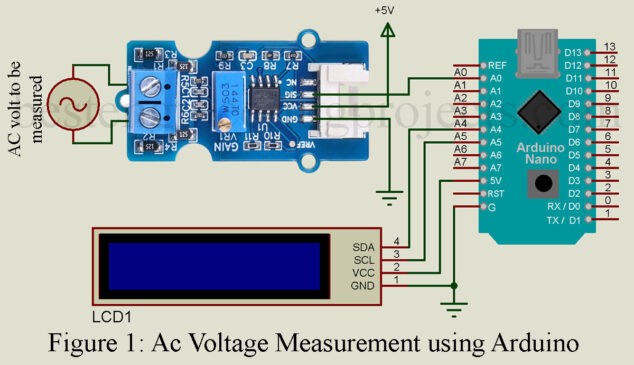The CHT8305 sensor is a reliable temperature and humidity sensor popularly known for its high accuracy and low power consumption. It uses I2C to talk, and the device interfaces easily with most microcontrollers like Arduino and ESP32. Adding a 20×4 I2C LCD display to your setup is a great way to easily monitor real-time temperature and humidity values. In this article, I’ll walk you through how to interface the CHT8305 sensor with both Arduino and ESP32, and we’ll also incorporate the LCD display. I’ll break down each step, provide the…
Read MoreHow to Set Up a Real-Time Clock (RTC) with ESP32 and DS3231 Using NTP Time Synchronization
Introduction Accurate timekeeping is crucial for electronics and IoT projects. A Real-Time Clock (RTC) is essential for maintaining precise time, especially during power outages. However, more than relying solely on the RTC module might be required for long-term projects due to drift over time. This is where Network Time Protocol (NTP) comes in. By synchronizing the RTC with an internet time server, you can ensure that your system stays perfectly in sync, regardless of how long it runs. In this guide, we’ll show you how to set up a Real-Time…
Read MoreRelay Latching Circuit: How to Design
Upon reading this article, users will understand industrial relays comprehensively, including their pin configuration and Relay Latching Circuit switching mechanisms. A relay is an essential electromechanical switch, consisting of a coil as its electrical component and contacts as mechanical components. It plays a pivotal role in industrial automation, facilitating switching operations and logical control. The relay discussed in this article is a 10A, 220V AC DPDT industrial-type relay, with a coil voltage of 220V AC. It features two poles, each equipped with a Normally Closed (NC) and Normally Open (NO)…
Read MoreMulti-Switch Relay Control with EX-OR Gates
Many electronics enthusiasts love to design their custom control circuits. Today, we’re exploring an interesting circuit that accomplishes single relay control through multiple switches. This circuit accomplishes this achievement and introduces the utilization of EX-OR gates within control systems. Check out the article on “How to make relay switch circuit” Before we delve into the circuit’s details, let’s first understand what an EX-OR gate is. Exclusive OR Gate An exclusive OR gate, often abbreviated as EX-OR performs the following logic “The output of a 2-input Exclusive OR gate assumes the…
Read MoreMic Preamp Schematic: Elevate Your DIY Audio Projects
Are you on the hunt for a reliable mic preamp schematic to take your DIY audio projects to the next level? Look no further. In this article, we present a powerful yet straightforward mic preamplifier circuit that can transform whispers into a loud and clear conversation. Whether you’re a seasoned electronics enthusiast or a beginner, this schematic is perfect for boosting your DIY audio endeavors. Overview of the Mic Preamp Schematic The mic preamp schematic posted here uses the capabilities of a high-gain operational amplifier, the LM385. This versatile integrated…
Read MoreSimple Intruder Alarm Circuit
In a world where safety and security are a major concern, imagine having a reliable intruder alarm system that can offer peace of mind. Here is a simple intruder alarm circuit that does not need a deeper understanding of electronics. These homemade security solutions are cost-effective also. So, if you are a DIY enthusiast or just curious about creating your own security setup. Here is a customized intruder alarm circuit that suits your needs perfectly. Let’s dive into its description and working methodology. Circuit Description of Intruder Alarm Circuit The…
Read MoreExploring the ICL8038: Building an Audio Function Generator Circuit
Introduction: In the world of electronics, different types of waveforms are essential for testing various circuits. A sine wave signal is commonly used for assessing linear circuits such as amplifiers and filters. In contrast, a square wave input becomes crucial when testing digital circuits like flip-flops, counters, and registers. In this article, we’ll delve into constructing and operating an audio function generator utilizing the specialized integrated circuit, ICL8038. Notably, this audio function generator circuit offers not only sine and square waves but also triangle waves. Circuit Description and Operation of…
Read MoreUnveiling the Power of Phase Shift Keying (PSK) in Digital Communications
Phase Shift Keying (PSK) is an exceptionally efficient method of data modulation known for its remarkable reliability. In this article, we delve into the intricacies of PSK modulation and its diverse applications. Understanding Phase Shift Keying (PSK) Modulation One of the most efficient methods for data modulation is phase shift keying (PSK). PSK systems provide a low probability of error. The incoming data causes the phase of the carrier to phase-shift a defined amount. The Mathematical Expression of PSK This relationship is expressed as: …..(1) where: i= 1,…
Read MoreMaking Your Own Dual-Tone Doorbell Circuit Diagram
Imagine opening the door to a gentle ding-dong sound that evokes the charm of classic electric bells. With our simple tutorial, you can create a simple yet attractive dual-tone doorbell circuit diagram that generates this lovely sound. Let’s plunge into the details of the circuit. Description of Dual-Tone Doorbell Circuit Diagram Our inventive dual-tone doorbell circuit diagram is assembled around the versatile IC CD40106, also known as a hex Schmitt-trigger inverter (referred to as U1). For precise triggering and to prevent any unintended activations, we’ve cleverly integrated an R-C filter…
Read MoreHow to: AC Voltage Measurement using Arduino without Transformer
In electronics, Arduino has reshaped how we tinker with technology. Voltage measurement is a core aspect, but dealing with AC voltage adds complexity, especially without a transformer. Usually, transformers isolate high AC voltages for measurement. But when space or components are limited, Arduino offers an alternative. In this article, we’ll unravel measuring AC voltage using Arduino without the bulky transformer. Component Requirements for AC Voltage Measurement using Arduino without Transformer Arduino Board x 1 Grove- AC Voltage Sensor x 1 I2C LCD x 1 Circuit Description of AC Voltage Measurement…
Read More